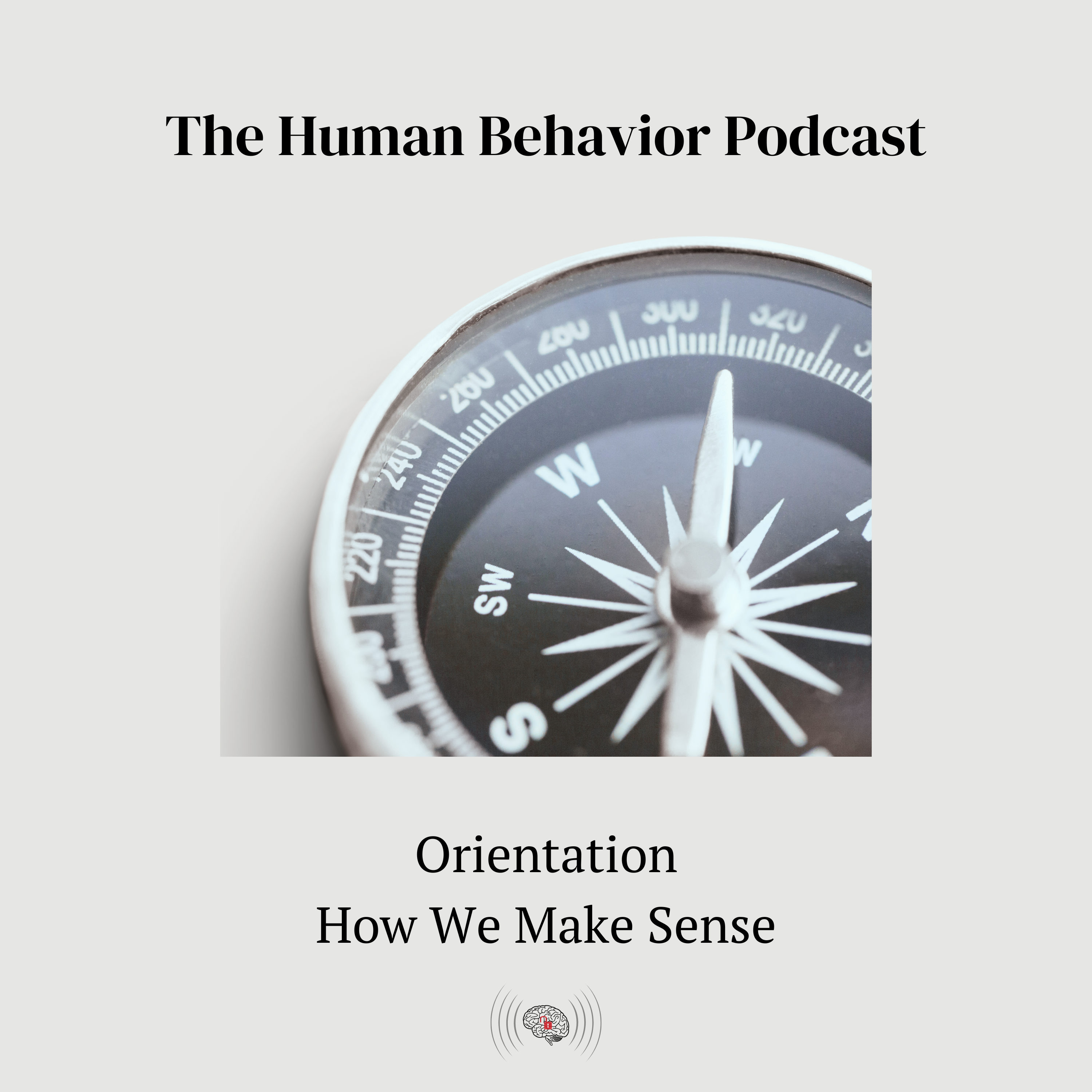In our latest podcast episode, we embark on an enlightening journey into the complexities of human perception, a subject that often goes unnoticed in the hustle and bustle of everyday life. At the heart of this exploration lies the question: how do our brains transform a chaotic influx of sensory inputs into meaningful information that guides our actions and decisions? Through this episode, listeners will gain a deeper understanding of the mechanisms behind human perception and orientation, which are essential for navigating our complex world.
Our senses are constantly bombarded with information, and it is through the process of sense-making that we weave new data into existing mental models. This process is akin to managing a computer’s file system, where we categorize and assign meaning to various inputs. It is fascinating to consider how this sense-making is not static but dynamic, allowing us to adapt to changing environments and improve our situational awareness. This episode sheds light on how this understanding can enhance personal safety, leadership, and everyday decision-making, ultimately positioning us for success.
A key takeaway from our discussion is the importance of real-life training over virtual reality. While cognitive training apps and games can improve specific skills, they often fall short in enhancing decision-making or critical thinking in real-world scenarios. By using storytelling and immersive training experiences, we can modify or enhance mental models in a way that feels real to our brains. The necessity of hands-on experience over theoretical learning is emphasized, as it helps us assign meaning to training and recognize similar situations in the future.
Visual perception plays a central role in our discussion, particularly in the context of orientation and functional field of view. Our functional field of view, which is the portion of our visual field where we can effectively process information without moving our eyes, is a life-saving mechanism in high-stakes scenarios. Understanding how our functional field of view and orientation interact can help us detect anomalies, assess potential threats, and adapt to ever-changing environments. This insight into visual processing is crucial for enhancing our ability to interpret and act on sensory information effectively.
The episode also delves into the societal implications of information engagement in an era where short clips vie with long-form storytelling for our attention. We reflect on the enduring importance of foundational principles in decision-making and the misconceptions surrounding AI. By contrasting AI’s capabilities with the human ability to reason across domains, we emphasize the value of human experiences in problem-solving and adapting to novel situations. Understanding cognitive processes and goal-setting is crucial for reducing cognitive load and improving decision-making.
Finally, we highlight the significance of audience engagement and feedback. As we express gratitude to our listeners, we encourage them to share the episode with friends and leave reviews on their preferred podcast platforms. The importance of meaningful connections and feedback is underscored, as it fosters a sense of community and shared learning.
In conclusion, this podcast episode offers a comprehensive exploration of human perception, cognitive processes, and the societal implications of our sensory world. Through engaging analogies and real-life examples, we aim to provide listeners with valuable insights that can empower personal and professional success. Join us as we navigate the chaos of sensory inputs and unlock the secrets of our sensory world.

Comments are closed